Guest post written by: Ben Kramlich
I’d be willing to bet that most people who truly care about their health have come across Paleo and most likely they have come across the name Robb Wolf early into their studies. Whether you are fully immersed in a paleo lifestyle or have just started to learn about it please continue to follow Robb and his team. They are at the cutting edge and will continue to be monumental in helping people around the world to free themselves from bondage of poor health.
I’d like to take a second to thank you, the reader as well. If you’re reading Robb and his team’s work I believe you are someone who cares about what you put in your body and want to honor what you’ve been given as best you can. You want to live life to the fullest -both today and well down the road. You want to help others to do the same. Without a deep reason why we will inevitably quit when challenges come. Without our health what do we have, right? Here’s to you – the early adopters, the leaders, the difference makers. You are the ones who influence your families, friends, and communities in a positive direction. Keep going because what you do matters!
Personally, I am grateful for this invitation to contribute to Robb’s blog and hope you come away more empowered. This can only happen if you apply what you read, however Wisdom comes in the application of knowledge.
I am going to be talking about the importance of local food as it relates to nutrition, our health, and hopefully to help you to see that this is part of much bigger picture.
At Gourmet Grassfed, we are excited because we believe Robb sees the role that local food production and ecologically sound agriculture play, not only in our own health, but that of the land, the viability of the farmer entrepreneurs (we fondly refer to them as stewards of the land, community leaders, and health care providers), and food as well as economic security. Wow, that’s a mouthful (no pun intended)
Guys, what’s at stake here is far more than our own health. If we don’t start to change our thinking its not a matter if we will face a catastrophe but when. Would you agree that the writing is on the wall and we are standing on the edge of a precipice? If we continue to abdicate responsibility for our own health, that of the land, and our communities across all the levels mentioned above its not a matter of if, but when. Maybe not our lifetimes but those of our children or grandchildren? Is that what we want?
Nutrition seen through this holistic view benefits not only us, but provides for future generations to come. In fact, nutrition is merely a byproduct of ecologically sound agriculture. Can you believe its really that simple? It is indeed!
I don’t know that I can emphasize the importance of local, ecologically sound, interdependent food systems enough. The purpose of this blog is to help you to understand the big picture and in doing so you will know why local is important, and the “how” will take care of itself. Let’s get into the major reasons why its important and then I will finish by offer suggestions of how you can incorporate more local food into your life.
I would like to preface what I’m about to say with this disclaimer:
Descriptors like “Local”, “Sustainable” and “Certified Organic” have their limitations.
They are not guaranteed to be more nutritious or better for the planet. For example we have built an entire movement on a word that by definition is fictitious: Sustainable. Nowhere in nature does “sustainable” exist. Everything in this world is either growing or declining. We are either depleting the soil or building it, and in terms of our health it is either declining or improving right?
I prefer to think in terms of ecologically sound systems, or ones that strive for the ideal of building and creating diversity and viability, while at the same time having a healthy perspective that there is no perfect system developed by man.
The Best way to ensure you are getting the most nutrient dense, life giving foods and promoting ecologically sound agriculture is to educate ourselves and in large part this begins with knowing our local farmers.
Top 6 Reasons Why You Should Know Your Local Farmer:
1.Builds Community Through Forging Relationships
We get to see where our food is produced, look the people who produce it in the eye and increase our understanding. We are interacting again in a process that has been a centerpiece of culture for as long as we have existed.
We learn and hone basic functions that we take for granted today such as communication skills and relationship building . After all, we are relational by our very nature. We get to share in the joys and empathize with the frustrations of the farmer, which creates such a more profound and mature perspective of food and increases our gratitude and appreciation for that caramelized sweet potato or tasty medallion of grass-fed beef.
How many of us even know our neighbors anymore let alone know where our food comes from and the names of the people who produce it? Its time to fix that.
2. Ecological Soundness
According to Joel Salatin in his book Folks This Ain’t Normal, the average morsel of food sees more of America than the farmer who grows it, traveling 1500 miles from field to fork and takes 15 calories of energy to put 1 calorie of food on the table. As recently as 1946 that same morsel of food traveled an average of less than 100 miles. Today in Canada and America only 5% of food consumed in a bioregion is actually grown there.
3. Security & Safety
A centralized, global food system whose purpose is to mass produce “cheap” commoditized food (origins unknown to the end user), otherwise engineered, sterilized, patented, and regulated by “experts”. These experts that tell us what we should and shouldn’t eat all in the name of “safety and security”. This theme can be seen throughout history. The Roman statesmen referred to this as “bread and circuses” to distract the “mob”. They gave up their civic duty and responsibility and in turn their freedom. As you know this, ultimately set the stage for their demise…
In reality the safest and most sound food systems come from interdependent, local food systems centered around viable farmer and food entrepreneurs.
4. Nutrition:
In its simplest and most foundational level I believe nutrition can be directly correlated to the health of the soil: the complex and little understood ecological symbiosis between an incomprehensible number (far more than trillions) of microorganisms, nutrients, minerals, organic, and inorganic matter all working synergistically.
Plants and animals grown and raised in ecologically sound systems tend to be far more suited for their particular environment and are often more resistant to climatic extremes (promoting security mentioned above). In addition, they can contain greater levels of nutrition and flavor than their industrial counterparts which are selected and designed to grow quickly, maximize yields, and withstand long periods of time in transport and sitting on grocery store shelves (shelf life). Consider thinking of nutrition in terms of both that which is initially available (foods grown in industrial systems are not selected for high levels of potential nutrition) and that which remains after the food has been picked.
In other words, would you agree an heirloom variety of kale selected for your given micro-climate grown in healthy soils and eaten the day of picking is far more nutritious than a certified organic variety of kale selected for mass production (quick growth and shelf stability) grown with certified organic pesticides, herbicides, and fertilizers that has sat on a grocery store shelf for a week or more and been sprayed with a preserving agent to make it last longer?
5. Economic Viability of Farmer and Community
Food comes from the farm (this includes things like gardens, hunting, and foraging). Doesn’t that just sound ridiculously obvious? Yet, look at how today’s food system is structured. We are further removed from this fact than quite possibly any point in history. So if it’s true that food comes from the farm, what happens if there are no farms? That would mean there is no food right? So without our farmers there is no food.
Unfortunately, the trends show the number of farmers has been on the decline, the average age of farmers is on the rise, and the few remaining farms are leaving the family and being consolidated into corporate mega farms.
A far cry from the country of small independent farms and businesses George Washington and Thomas Jefferson envisioned, wouldn’t you agree?
How do we reverse the current of decline? I thought you’d never ask. Being the sharp readers that you are, you may have already guessed what I’m about to recommend. Buy Direct From Your Local Ecologically Sound Farmers. This ensures all of your dollar goes directly to them.
According to an interview done for a 2013 issue of Beyond Organic Living Magazine, farmers who raise and sell corn-fed beef in the conventional system got an average of $500 per head at the sale barn. Compare that to direct selling grass-fed animal to someone like you for $2500 a head. Which would you choose if you were the farmer?
6. Buying Direct from Your Local Farmer Saves You Money
I have friends in the Oakland area who have been doing the majority of their grocery shopping at their local farmers market for several years now. They told me that when they compared what they bought at the market to buying those same items at the store they found they saved around $100 a week.
Perhaps an illustration might help. I decided to do a little research and compare prices of grass-fed beef purchased directly from the farm with those of grass-fed beef purchased in the store. The figures below show the difference in costs between two cuts of grass-fed beef: ribeyes and ground beef. I called around natural foods stores and coops (which may or may not source) and several well known farms around the country to try and get an accurate representation of prices from around the country.
California
Direct: Tara Firma (Petaluma, CA)
1 lb grass-fed ground beef: $8.00
1 lb grass-fed ribeye: $25.00
Indirect: Sacramento Natural Food Coop:
1 lb grass-fed ground beef: 6.89,
1 lb grass-fed ground beef, Certified Organic: $9.89
1 lb grass-fed ribeye:: $15.99
Wisconsin
Direct: Thundering Hoof Ranch
1 lb grass-fed ground beef: $5.63
1 lb grass-fed ribeye: $17.43
Indirect: Willy Street Food Co-op:
1 lb grass-fed ground beef: $5.99
1 lb grass-fed ground beef, Certified Organic: $9.99 – $11.19
1 lb grass-fed ribeye: $19.99
Virginia
Direct: Polyface Farms
1 lb grass-fed ground beef: $6.00
1 lb grass-fed ribeye: $13.00
Friendly City Co-op Harrisonburg, VA (Joel Salatin’s Beef):
1 lb grass-fed ground beef: $6.59
1 lb grass-fed ribeye: $16.99
Texas
Trader Joes – Dallas, TX
1 lb grass-fed ground beef, Certified Organic: $6.99
Florida
Whole Foods Orlando Florida
1 lb grass-fed ground beef: $8.99
1 lb grass-fed ground beef, Certified Organic: $9.99
1 lb grass-fed ribeye: 21.99
1 lb grass-fed ribeye, Certified Organic: $23.99
Overall, this illustrates in almost every case you get a better price when you buy grass-fed beef directly from the farmer?
What if you were to consider buying your food in bulk? For example, if you bought ¼ of a grass-fed cow (approximately 100 lbs of finished meat) and sticking with the cuts listed above we’ll say 75lbs of it is for ground beef and 25 lbs are ribeye (in reality there are other steaks in addition to the ribeye and many fetch a higher price and you would probably want some roasts too).
Let’s say say the finished bulk meat price is $7.00 per lb (Personally I have seen prices range from $5 -8 per lb). This means you paid $700.
Now lets assume that organic grass-fed burger from the store is $8 per lb and Ribeyes are $19 (both of these prices are most likely low and do not guarantee the beef is from a local or even American farm and raised in ecologically sound and humane manner) This means that same 100 lbs of meat purchased cut by cut in the store is $1075. By Going Direct You save $375. Would anyone like to keep that in their wallet?
In my experience I have found this to be the case across the board with all meats and produce. You win by getting the best nutrition per dollar and you are rewarded with the best price when you go direct.
So Why is it cheaper to go local?
You don’t have to pay the penalty for a disconnected overly centralized industrial food system. When you buy local direct from your farmer all of those costs such as fuel and transportation, storage, marketing, advertising, shelf space, 3rd party verification such as the certified organic certification, humane standards, etc all go out the window. You are participating in a system with a solid foundation of trust that you have control over. Liberating right?
So What Can You Get From Your Local Farmer?
If you haven’t done much of your shopping on the farm or in your garden you will be surprised to learn how much is really available. I think with few exceptions you will be able to find all of your meats locally and a good deal of your produce. There are of course seasonal restrictions such as limited growing seasons in northern climates but thanks to hoop houses and greenhouses the growing season can be drastically extended. For example, here in Wisconsin, the typical growing season runs from May to Oct, but thanks to local farmers with hoop houses I was able to enjoy salads and juices from local greens all winter long. Proper food storage and preservation methods such as fermentation greatly increase the longevity of these wholesome foods as well.
As Allan Nation, author and editor of Stockman Grass Farmer says in the foreword of Joel Salatin’s newest book Folks This Ain’t Normal, “Asking a natural production system to function year round is an oxymoron. Ecologically, an economically sound production models require farmers stay in sync with natural cycles of production. For example, you can not raise chickens, a tropical animal, in a foot deep of snow.“ Also, true pastured eggs are seasonal. Even in warmer climates egg production can drop dramatically during the winter months as it is connected to the day length.
Additionally, know that there are things like chocolate, coffee, bananas, and spices that may not be available locally. Please, enjoy them. I am not advocating for a total avoidance of foods that aren’t grown local. There is nothing wrong with enjoying these from time to time. When you do buy these foods aim to buy from sources with integrity, that use ecologically sound production principles, and put the farmers 1st (certified fair trade unfortunately does not guarantee this).
One of the things I love most about eating locally is that every region has its own uniqueness or taste of place (terroir as the French say when referring to wine) and the foods change seasonally. Once you get over the discomfort and slight annoyances of not being able to get everything you want whenever you want at any time of the year (ridiculous right, the sad thing is I didn’t know any better either) then you begin to develop a sense of appreciation and profound wonder for the ever changing options that come with each season.
So what’s the 1st step? Its very simple. Commit. Decide on one thing. Orrin Woodward, New York Times Best Selling author and cofounder of LIFE Leadership says small, gradual changes made repeatedly over time yield profound results. This requires discipline and to quote Orrin again “I don’t promise you easy, but I promise you its worth it”. I couldn’t agree more. Stick with it and when you feel overwhelmed or slip up, take a step back and go after it again.
Self awareness is key. Don’t be afraid to ask for help. Find others who are further along the journey than you. Identify our limiting beliefs related to food and health. Our results in life are the sum total of our daily habits. Begin by replacing those destructive habits with new constructive ones. Consider doing this one at a time so as not to overwhelm. If the study and mastery of one virtue at a time helped Benjamin Franklin become a master entrepreneur, inventor and statesman then perhaps we should consider following suit?
Maybe money is an issue for you? Consider tracking your spending habits for a month. Ask, “Is what I’m spending money on an investment in my health and education or is it an expense?” What things are you spending money on that aren’t moving you forward? Maybe its TV, convenient stores or expensive coffee drinks?
Maybe you don’t think you have the time to buy from your local farmer and cook? Consider honestly evaluating where you’re spending your time on a daily basis. We all have the same 24 hours in a day. What are our priorities and are we spending our time on them? Maybe you can cut back on the social media or reality TV.
Ultimately, the choice is yours. As you seek to apply this information consider this: What if we viewed the ecologically sound farm as the place to go to get healthy? What if we take the burden off a system never designed to prevent disease? As Joel Salatin is fond of saying “Would you rather pay your farmer a little more now or the hospital a lot more later?”
We are the key to making lasting difference, not only in our health but as I hope this article illustrated, in our communities, and our countries, and ultimately, the planet. To paraphrase New York Times Best Selling author, Michael Pollan, “Your dollars are a vote. Use those votes wisely.”
Do you know your farmer?
*All photos courtesy of: Claire at Beckoning Light Photography http://beckoninglightphotography.com
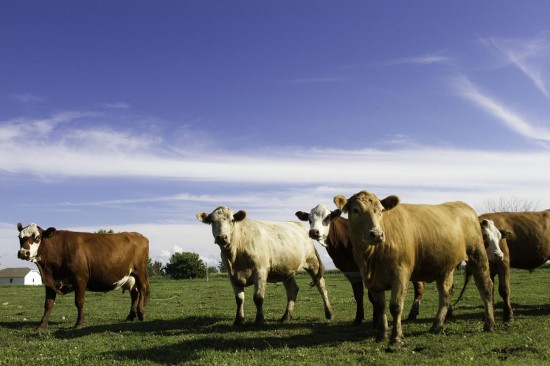
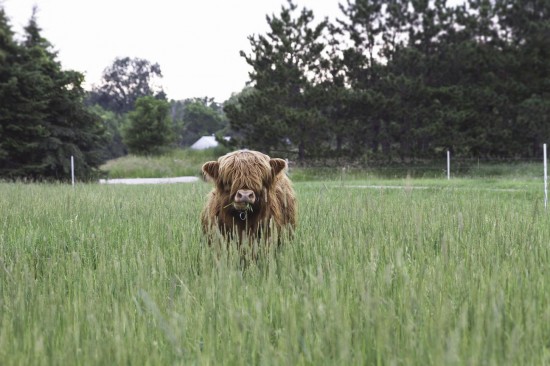

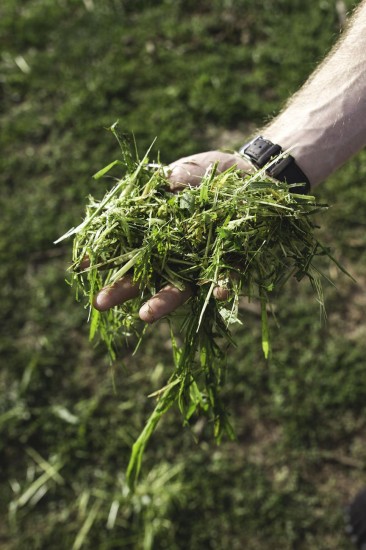
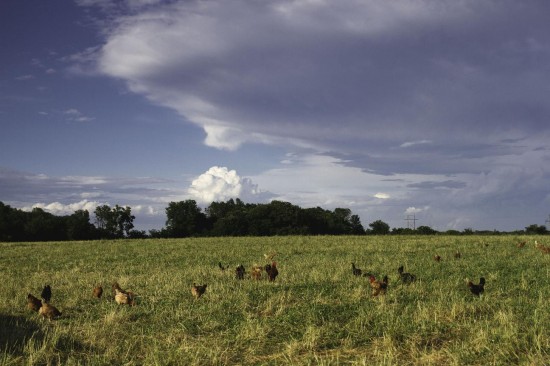
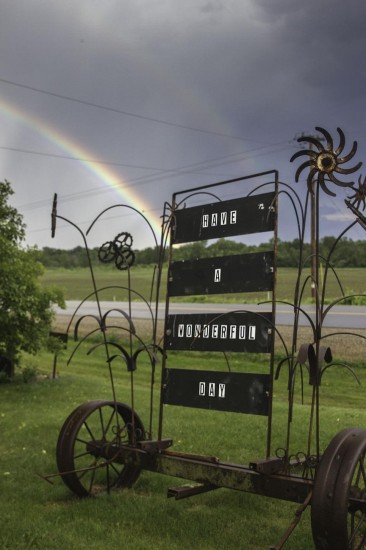

I recently read Barbara Kingsolver’s non-fiction book Animal, Vegetable, Miracle. She and her family committed to a year of eating strictly locally. It contained lots of good “food for thought” (pun intended) about this very topic–I highly recommend it.
Our town is opening a Farmer’s Market in March and I’m really excited to see the opportunity to buy local. I’m not sure the extent of what is going to be offered, but hey – it’s progress!
My sister and I buy over 95% of our meat from local farmers. We bought an extra freezer to be able to buy in bulk. There are a lot of young farmers in our area raising livestock or growing vegetables to sell directly to families in our community. I hope this trend continues to grow.
I love the fact the we know the people growing much of our food. We can visit their farms, and ask them detailed questions on how the animals are raised. Paleo has become so popular lately, that there is serious competition for the organ meats!
We have also learned to grow a lot of our own fruits and vegetables, including how to harvest fresh veggies all winter long. It has dropped below 0 F, and we still have fresh greens and root crops in our garden! We also have a few bantam hens for fresh eggs, and are considering growing rabbits for meat.